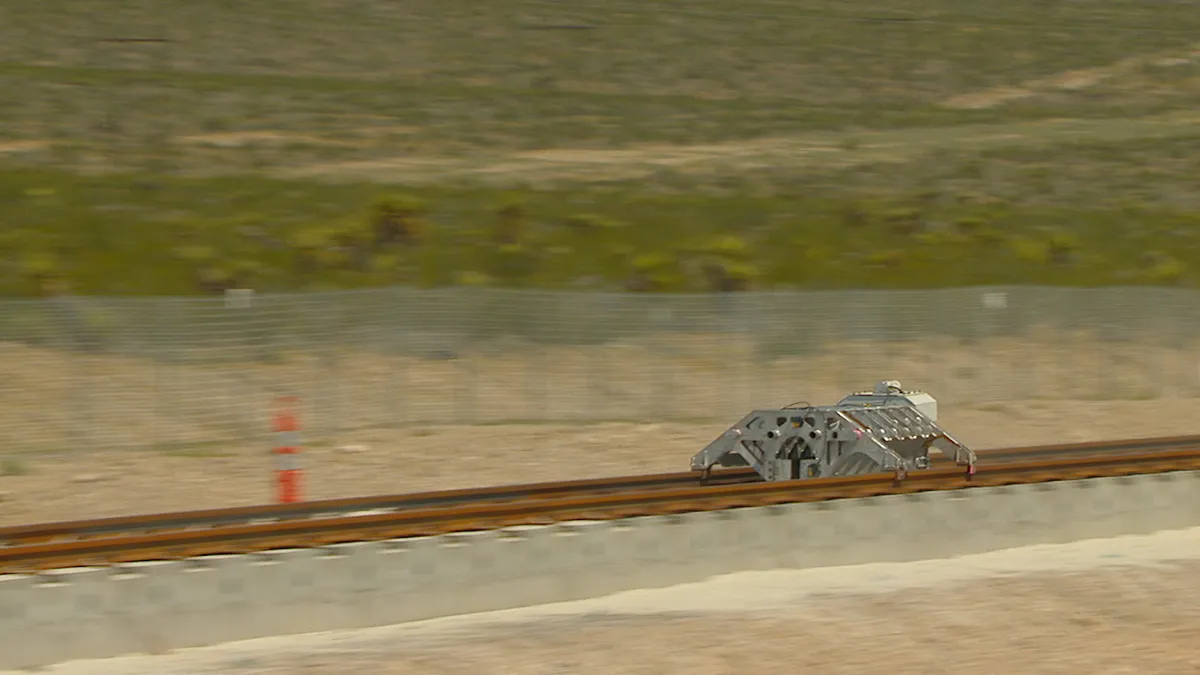Dive Brief:
-
Hyperloop One has selected 10 routes — including four in the U.S. — as part of its Hyperloop One Global Challenge, according to the company. It wants to have three full-scale systems operational by 2021.
-
Officials issued an open invitation to public and private groups in May 2016 to develop a plan for a hyperloop system in their respective localities. The company will now allocate resources to each team to determine the top three commercially viable routes. The U.S. winners are Cheyenne, WY–Denver–Pueblo, CO; Chicago–Columbus, OH–Pittsburgh; Miami–Orlando, FL; and Dallas–Houston.
-
Hyperloop One and the Colorado Department of Transportation are planning a public-private partnership to study viability of the high-speed transportation system. AECOM, which built a hyperloop test track for Elon Musk's SpaceX, is involved with five of the 10 winning routes.
Dive Insight:
Musk, the founder of electric car maker Tesla and aerospace company SpaceX, launched the race to develop a workable hyperloop system back in 2013, although he has yet to come out in favor of any of the companies working on it currently. However, Musk is undertaking an independent effort to support the development of hyperloop systems by creating tunnels that can accommodate the ultra-fast trains.
In July, Musk announced that his tunnel-boring firm, The Boring Company, got a "verbal" nod from the U.S. government to build a hyperloop from New York City to Washington, DC. According to Musk's plans, that will create a 29-minute route between the two cities, including stops in Philadelphia and Baltimore. White House officials said they were in talks with Musk about the project, but no firm plans have been set.
Shortly after, The Boring Company won approval from the Los Angeles suburb of Hawthorne, CA, to dig a 2-mile, 44-foot-deep tunnel under city streets. The excavation is set to start at one of SpaceX's parking lots, where crews have already completed a 160-foot test trench. After the 12.5-foot-wide tunnel is complete, the company will test an electric sled system that will attempt to move vehicles at speeds of up to 125 mph. According to Wired, Musk sees the possibility of a network of such tunnels under Los Angeles to help ease traffic congestion.














